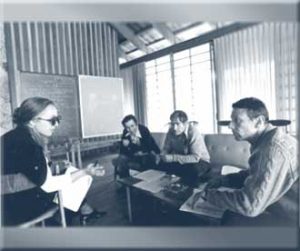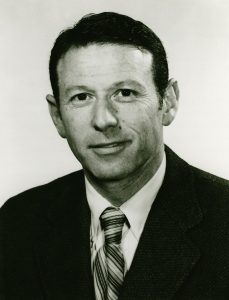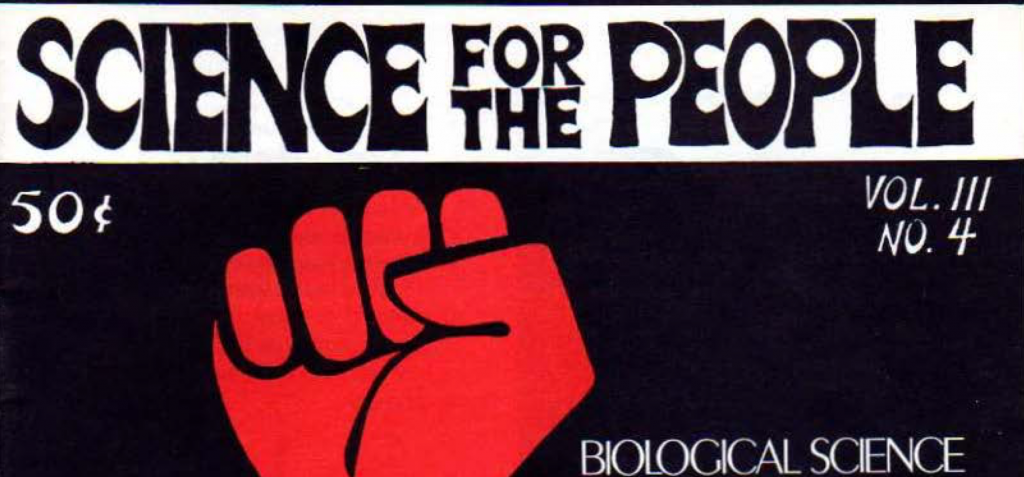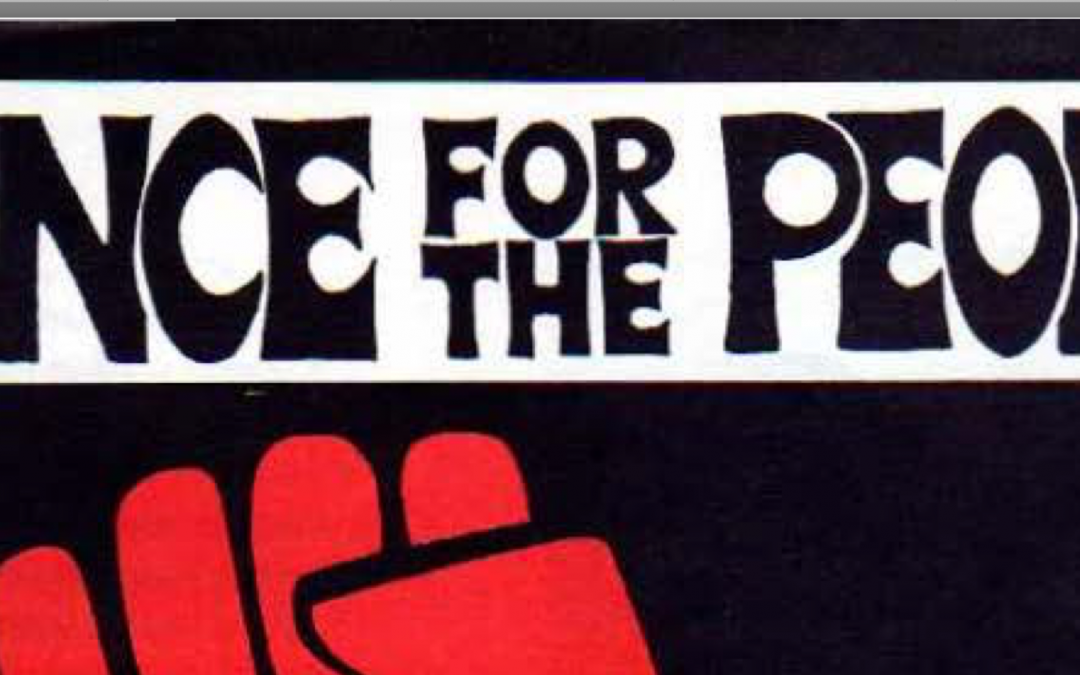—Controversies and interests in a key episode in the history of biology and genetic engineering.—
With the beginning of the 1970s, molecular biology entered a new stage with DNA recombination techniques and, therefore, the emergence of genetic engineering. Although the possibility of manipulating genes, isolating them, characterising them, modifying them and transferring them from one organism to another without them ceasing to express themselves had already been contemplated in a theoretical way previously, it became a reality through a series of episodes that occurred at that time.

The Asilomar conference, February 1975. DNA Learning Center.
In this sense, some works were particularly relevant, such as the work developed by David A. Jackson, Robert H. Symons and Paul Berg (1926-) at Stanford University to obtain the first hybrid DNA molecule, or the work of Stanley Cohen (1922-2020) and Herbert Boyer (1936-) for the development of recombinant DNA technology. Soon after these works were published, two major controversies arose. On the one hand, in relation to works such as those by Cohen and Boyer, the issue of the limits of intellectual property rights was openly raised. Could recombinant DNA technology be patented? What about the molecular gene? What would such patents imply? On the other hand, the risks associated with research in the field of molecular biology started to become more evident in those years, leading to various initiatives. For example, as early as 1973, a meeting was held at the Asilomar Conference Center, California, to assess the risks associated with working with tumour viruses. At that time, it was agreed that the workers in those laboratories would be subjected to an epidemiological study, but that study was never carried out.

Paul Berg (1926-). Wikipedia.
In 1974, the controversy over safety in biological research, and in this case specifically in genetic engineering, had an even greater impact when Paul Berg and other scientists published what has come to be called the moratorium letter in Science. They proposed that some of the ongoing studies on the application of recombinant DNA technology be discontinued until agreed guidelines for safe laboratory work were established. The letter would be key for deciding to organise a second meeting in Asilomar in 1975, which would establish safe limits for the development of research involving the transfer of genetic material between different species. In the collective memory of a large part of the scientific community, the Asilomar conference represents an episode in which science showed its capacity for self-regulation. They saw the problem, reported it and organised the conference to establish safe limits for the development of such research. However, authors like Susan Wright have analysed the role that the conference played in the evolution of the regulatory framework of genetic engineering in detail and come to very different conclusions. As has been suggested, Asilomar was actually able to prevent the controversy from reaching the public sphere with greater intensity at that time. It excluded the participation of many potential experts (in ecology, occupational safety, law, etc.), limited the issues under discussion by leaving out, for example, the possibility of restricting its military use, and turned the problem into a technical problem that required technical solutions (such as the use of E. coli strains which would not be viable outside the controlled environment of the laboratory). This is, in any case, a very interesting episode for analysing both the difficulties that have existed and exist in regulating scientific activity and those that arise when we try to present science as the main useful tool for establishing legal regulations.
The analysis of the Asilomar conference has also been useful in discussing who can or should have expert status in a controversy of this magnitude. In fact, the episode shows that this expert category is continually under negotiation. On the other hand, the role that groups such as Science for the People, which demanded public debate on the limits of research, would play in the controversy over the safety of recombinant DNA technology is a good example of how the need for a participatory turn in science emerged. Thus a democratisation of science began to be demanded; a demand that in recent years has acquired much more visibility, although it continues to be a major challenge for current science.

Cover of the September 1971 issue of Science for the People.
However, as we have seen, Asilomar never constituted a good model of self-regulation in the scientific community, or, even less so, a participatory turn. In contrast, the events that took place just a year later in Cambridge (Massachusetts) are much more interesting to establish the extent to which the debate on the safety of recombinant DNA technology could be considered in other terms, going beyond the traditional limits of expert knowledge. The measures agreed in Asilomar basically called for physical containment (measures to avoid direct exposure to biological material in the laboratory), biological containment (with the use, for example, of weakened strains of E. coli) and good human behaviour (not eating in the laboratory, not pipetting by mouth, etc.). However, these measures were not always convincing and when, in 1976, the creation of a safety laboratory at Harvard University was proposed for the development of this type of research, there was a strong social and academic response. The local members of Science for the People were notably prominent in what led to a series of public hearings at Cambridge City Hall and the creation of a committee to establish whether the proposed creation of the laboratory could succeed. In the committee, the municipal manager, an engineer, a social worker, a housewife, a teacher, a doctor, a nun, a former city councillor and the city health officer all took part. The debate thus extended to a much greater variety of social agents than was possible in Asilomar.
The case analysed in recent publications by researchers such as Alyssa Botelho shows us how the debate on regulation could then have been approached in a much more nuanced way: from a critical view of the reductionism that prevailed at Asilomar when dealing with an issue as complex as health; with the explicit consideration of the impact of capitalist interests on the development of an eminently applied science; and taking into account the great value that a broader debate in the public sphere would have. However, despite the great richness of the debate generated in the last case, the one that has transcended, in a clearly biased way, and been fixed in the collective memory of the scientific community is that which happened at Asilomar. Without doubt, in the light of the previous lines, historical research and scientific communication must contribute to a thorough review of these episodes in order to contribute to a better resolution of the new debates generated by technologies such as CRISPR.
Ximo Guillem Llobat
IILP-UV
How to cite this paper:
Guillem Llobat, Ximo. The Asilomar Conference. Sabers en acció, 2021-02-03. https://sabersenaccio.iec.cat/en/the-asilomar-conference/.
Find out more
You can find further information with the bibliography and available resources.
Recommended reading
Wright, S. Molecular policies: Developing American and British regulatory policy for genetic engineering, 1972-1982. Chicago: University of Chicago Press; 1994.
Morange, Michel. Histoire de la biologie moléculaire. Paris: Découverte; 1994.
Studies
Agar, Jon. What happened in the sixties? British Journal for the History of Science. 2008; 41: 567-600.
Alyssa Botelho, Alyssa. The Insights of Radical Science in the CRISPR Gene-Editing Era: A History of Science for the People and the Cambridge Recombinant DNA Controversy. Science as culture. 2019.
Callon, Michel; Lascoumes, Pierre; Barthe, Yannick. Agir dans un monde incertain. Essai sur la démocratie technique. Paris. Le Seuil; 2001.
Calvert, Jane. Patenting Genomic Objects: Genes, Genomes, Function and Information. Science as Culture. 2007; 16: 207-223.
Fuller, Steven. The governance of science: ideology and the future of the open society. Buckingham: Open University Press.
Golan, Tal. Laws of Man and Laws of Nature: A History of Scientific Expert Testimony. Cambridge: Harvard University Press, 2004.
Kevles. Patents, Protections, and Privileges: The Establishment of Intellectual Property in Animals and Plants. Isis. 2007; 98: 323-331.
Krimsky, Sheldon. From Asilomar to industrial biotechnology: Risks, reductionism and regulation. Science as Culture. 2005; 14 (4): 309-323.
Lindee, Susan. Censoring Science: Lesson from the Past for the Post-9/11 Era. In: Gerstmann, Evan; Streb, Matthew J., eds. Academic Freedom at the Dawn of a New Century. How Terrorism, Governments, and Culture Wars Impact Free Speech. Stanford: Stanford University Press; 2006, p. 79-98.
Morange, Michel. Histoire de la biologie moleculaire. Paris: Découverte; 1994.
Nieto-Galan, Agustí. Los públicos de la ciencia. Expertos y profanos a través de la historia. Madrid: Marcial Pons, 2011.
Wright, Susan. Molecular politics: Developing American and British regulatory policy for genetic engineering, 1972-1982. Chicago: University of Chicago Press; 1994.
Yi, Doogab. Who Owns What? Private Ownership and the Public Interest in Recombinant DNA Technology in the 1970s. Isis. 2011; 102: 446-74.



